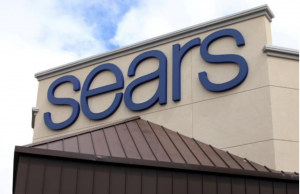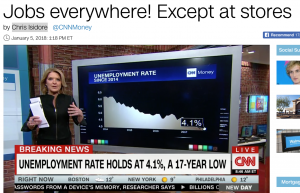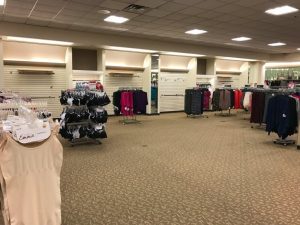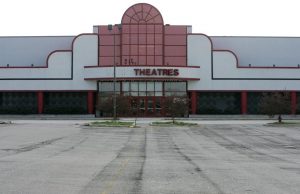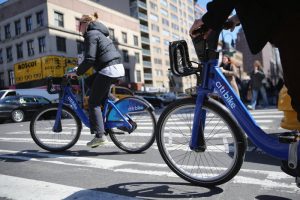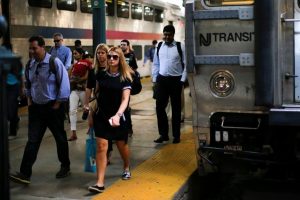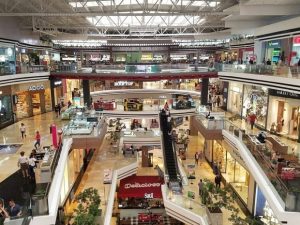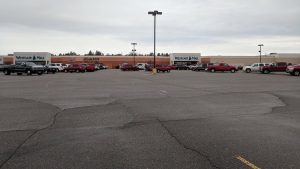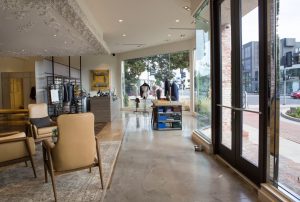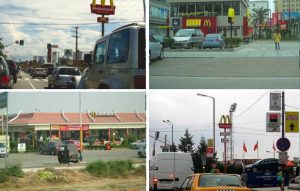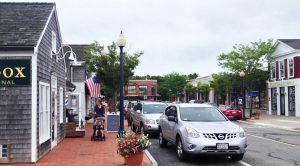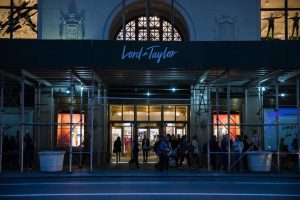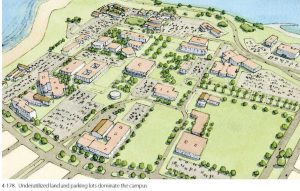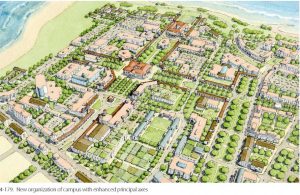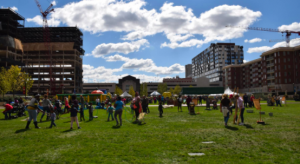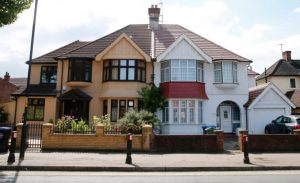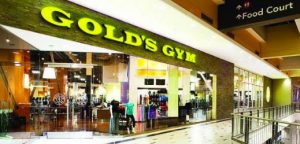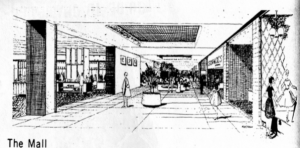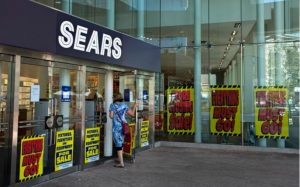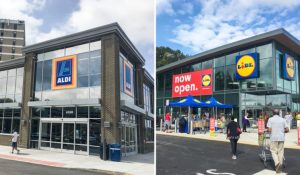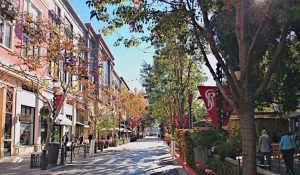Can We Create A New Kind Of Downtown In Abandoned Suburban Offices?
Author: Eillie AnzilottiOutlet: Fast CompanyPublished: January 16, 2018Link to Article Articles 0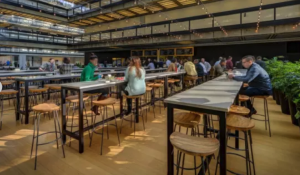
Developer Ralph Zucker, of Somerset Development, is turning an iconic single-purpose masterwork by Eero Saarinen into a new kind of Downtown – a “metroburb” – in suburban Holmdel, NJ, one of the country’s wealthiest McMansion enclaves. The abandoned, historic Bell Labs created a huge problem for the town, but also huge opportunities. The project is a prime example of what can be accomplished through suburban sprawl retrofit, though the community is still resistant to full integration of diversified housing options.
“The town of Holmdel searched for buyers, but tenants in need of 2 million square feet of space were now rare; across New Jersey and the rest of America, sprawling suburban corporate complexes were being abandoned at an alarming rate for remote work or more urban headquarters.
When he first brought the plan for the metroburb to a Holmdel town hall, the response Zucker heard was, “Hell no.” People told him this was antithetical to the reason they moved to Holmdel, a sheltered, quiet place to raise their families. They didn’t want anything urban. What changed their minds, Zucker says, was an event he hosted at Bell Labs soon after touring the building in 2009: an open house wherein he projected shops and offices onto the walls of the old laboratory spaces, and hosted a pop-up gelato stand and a bar. The simulation of the space’s potential was so compelling, he says, that one woman smacked her head on a wall, thinking a projected hotel lobby was, in fact, the real thing. Still, though, it took until 2013 for Zucker to receive final approval from Holmdel for the purchase and to have the building rezoned as mixed-use; construction began not long after, and in the intervening years, Holmdel has largely embraced the development.”
